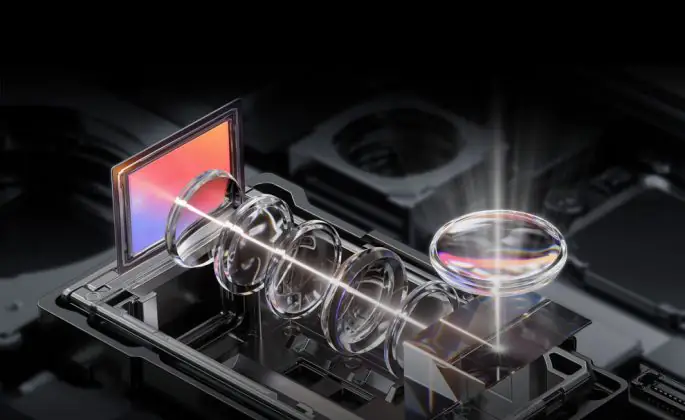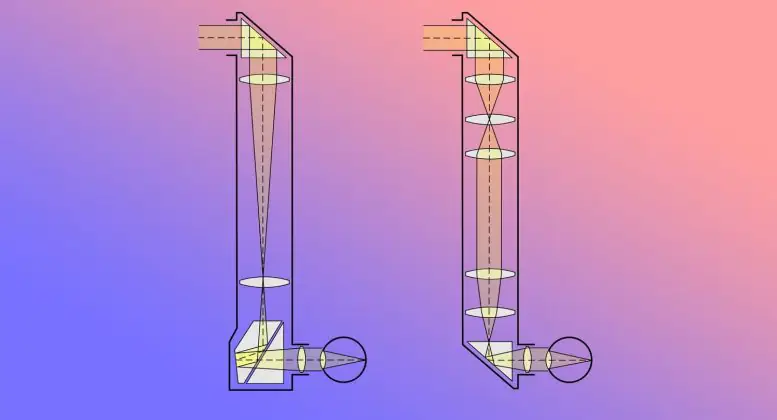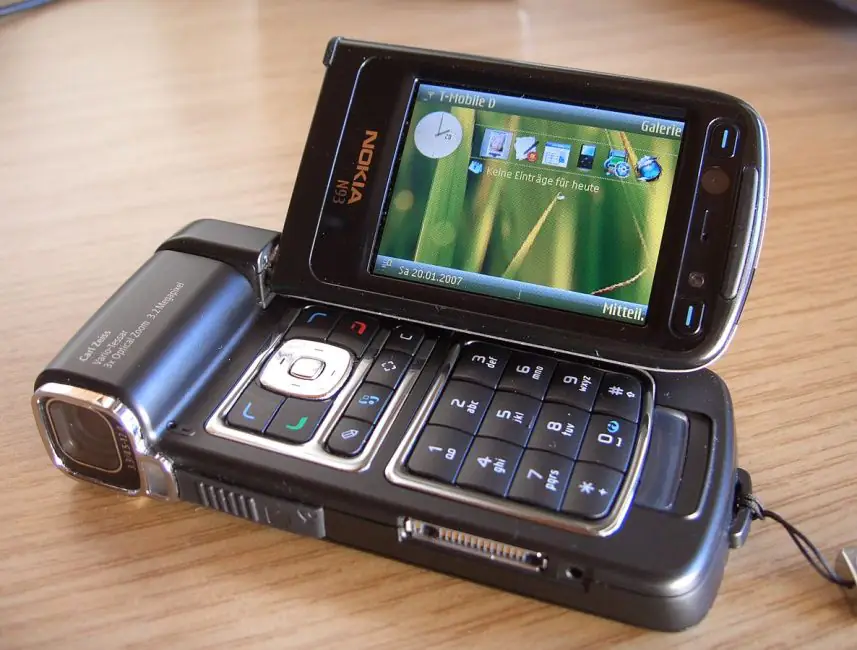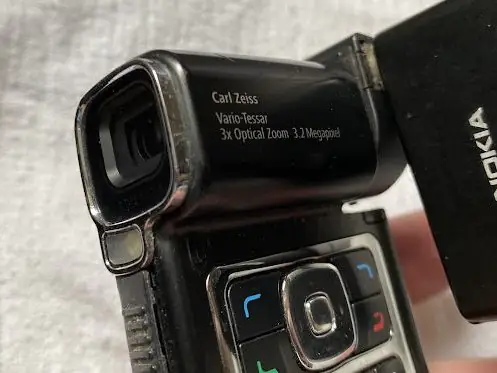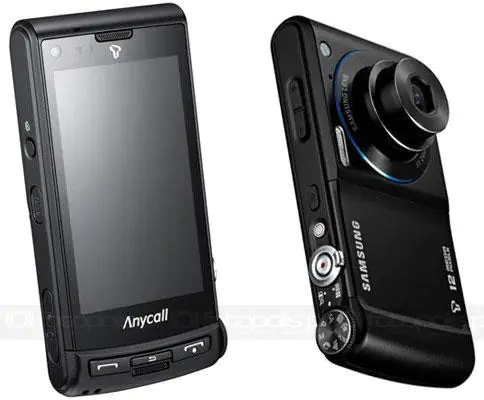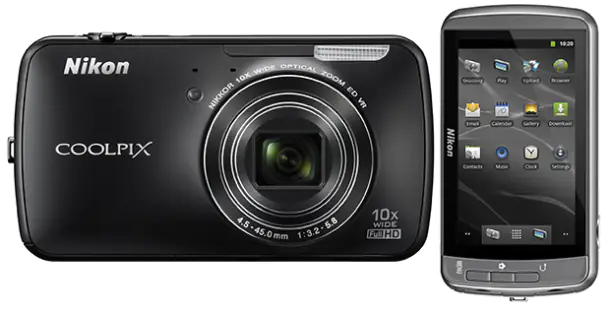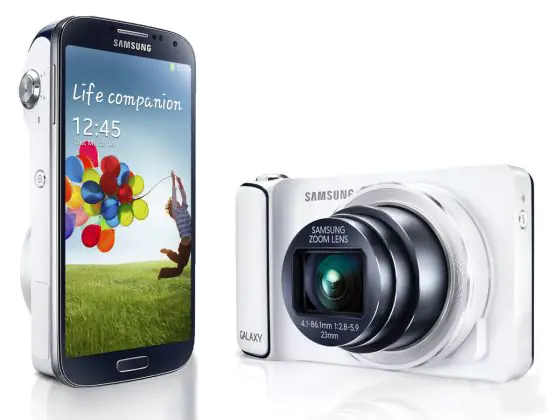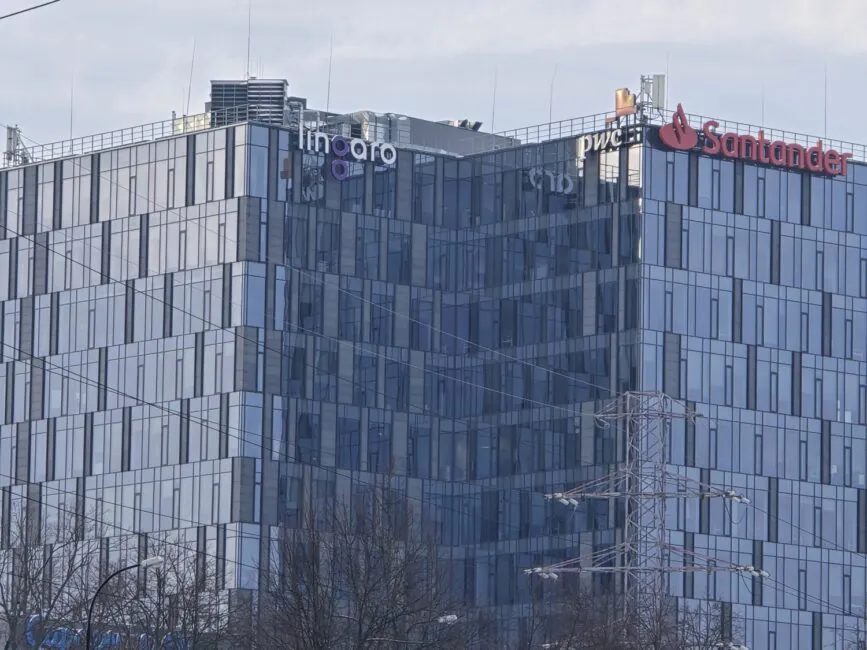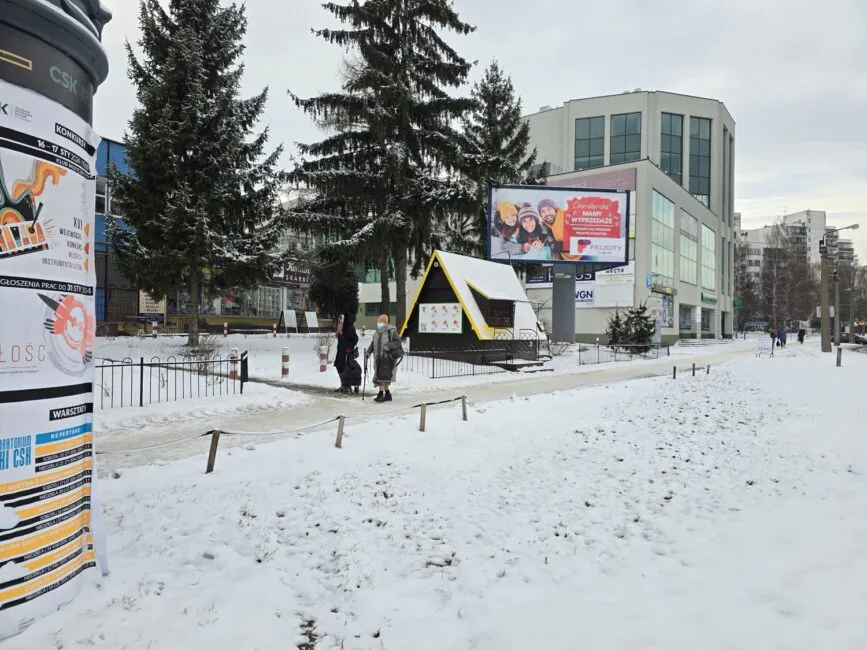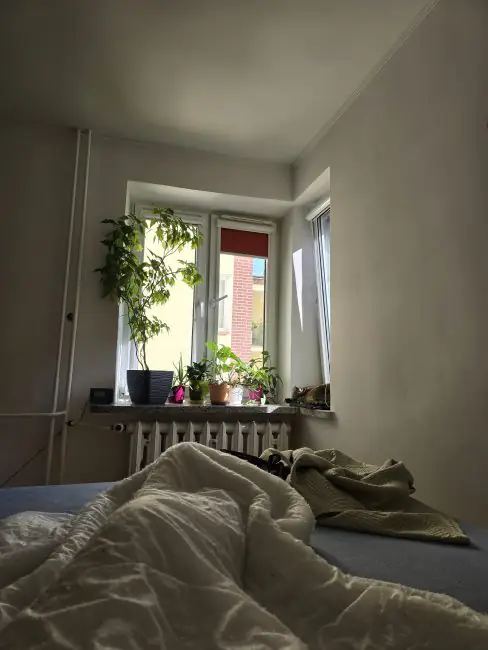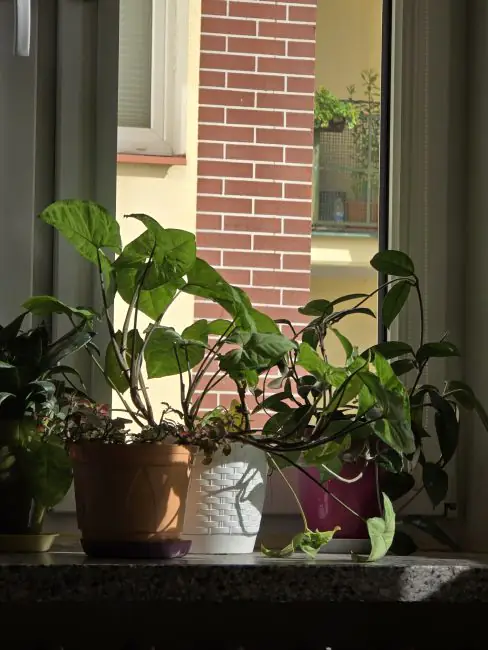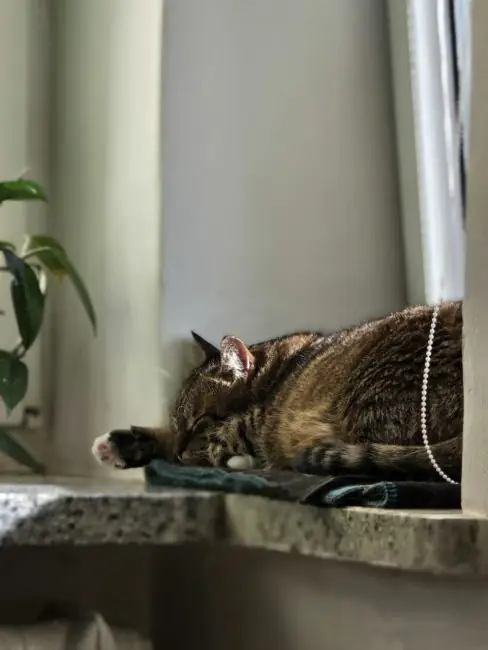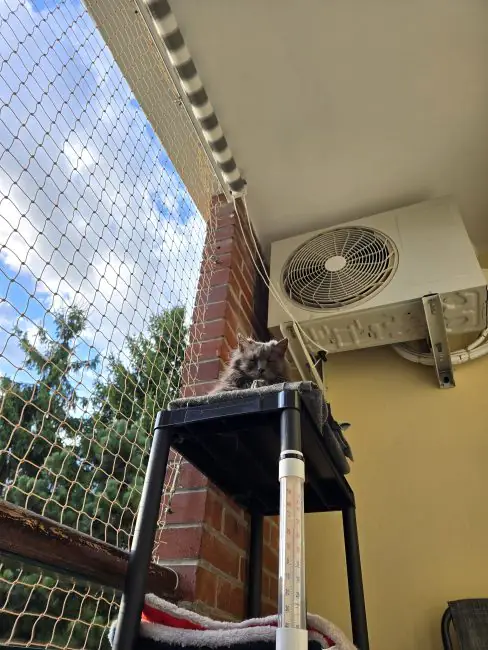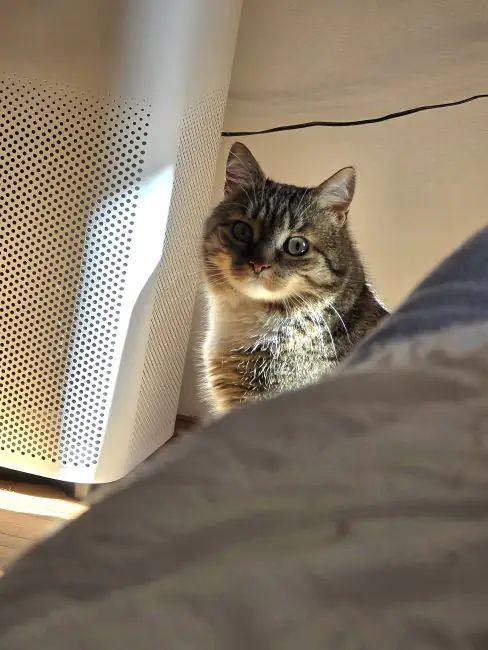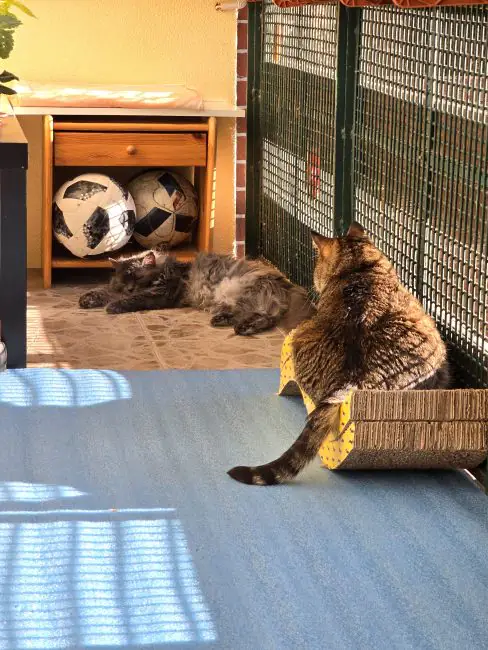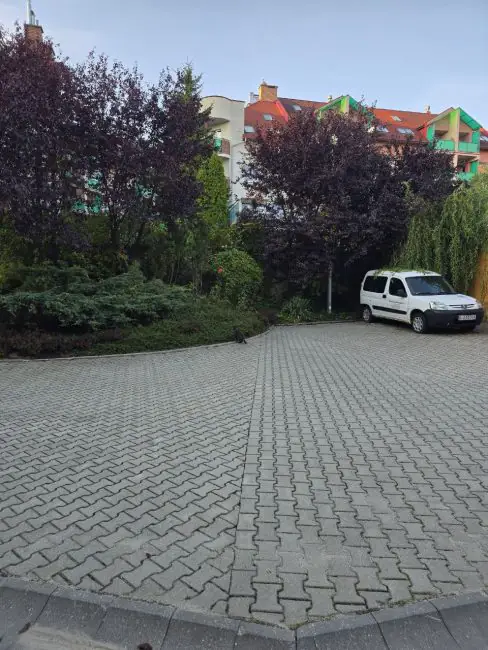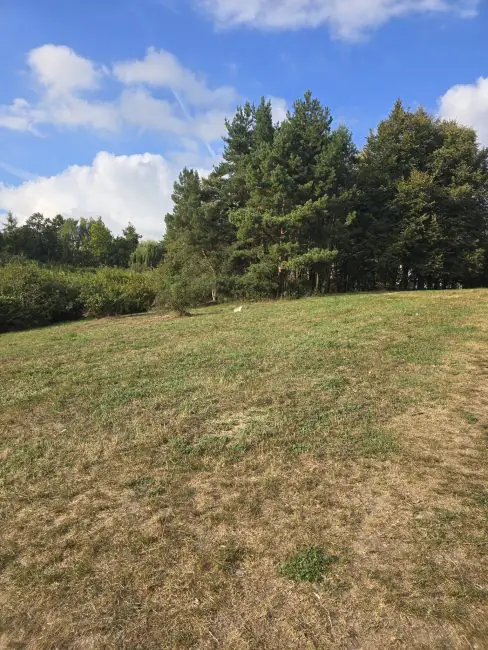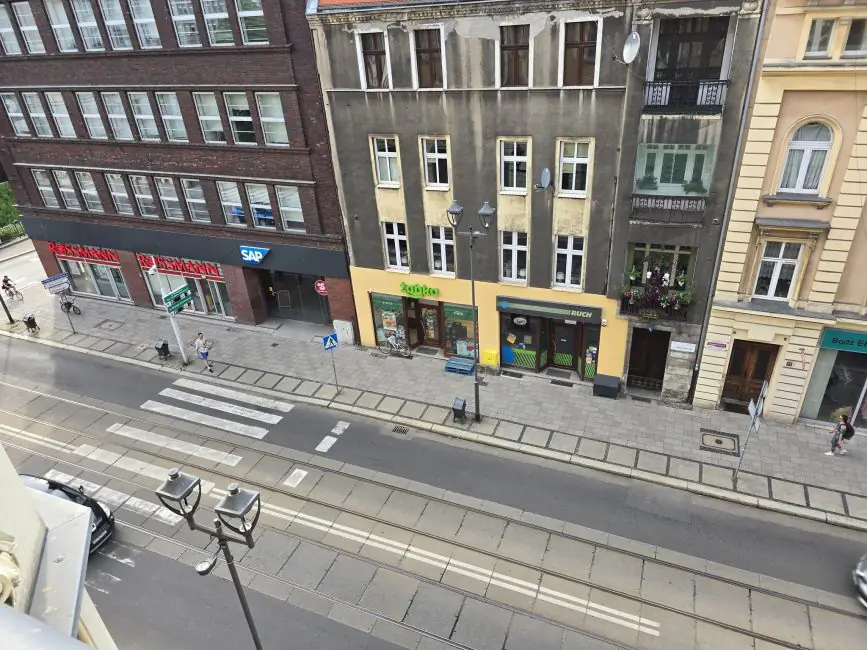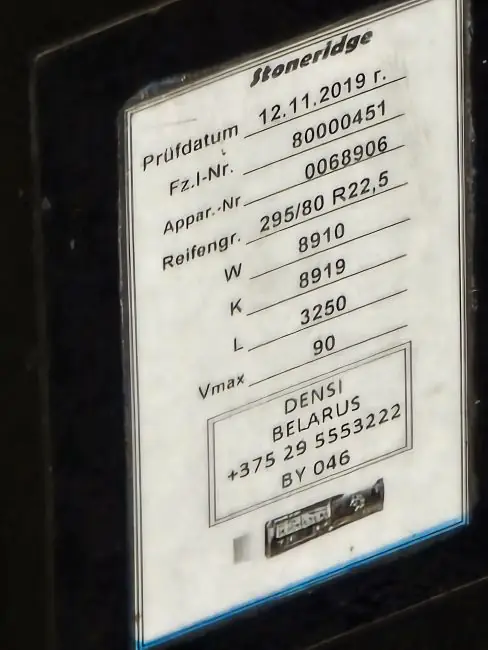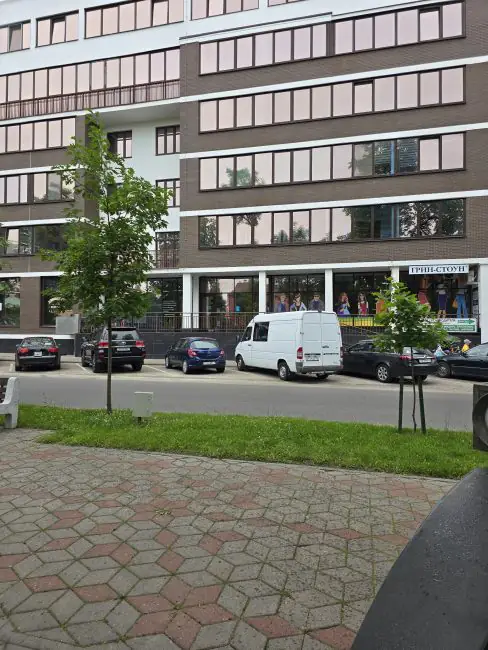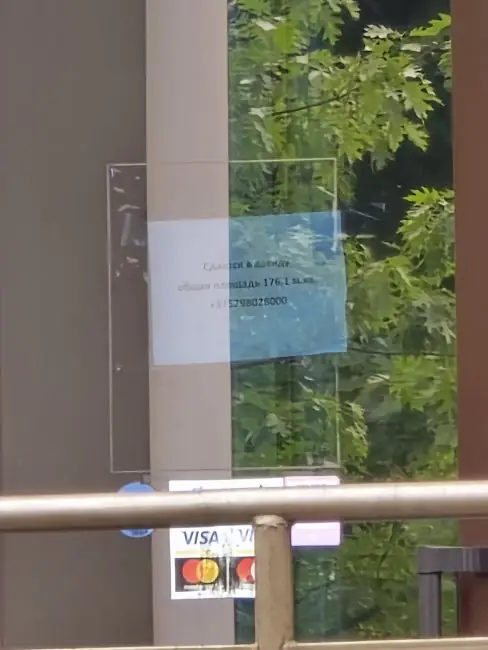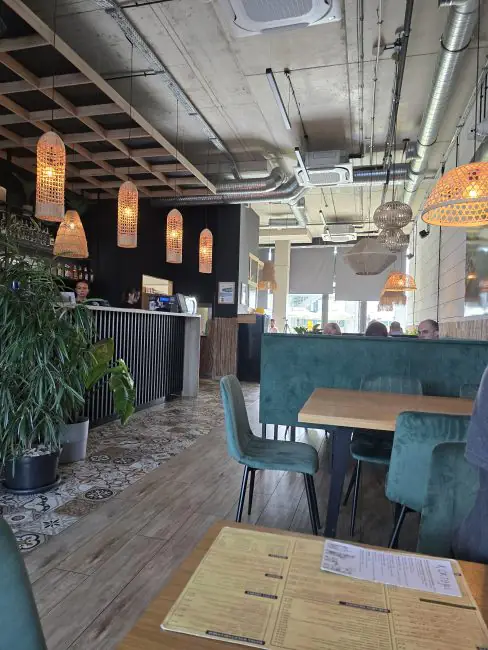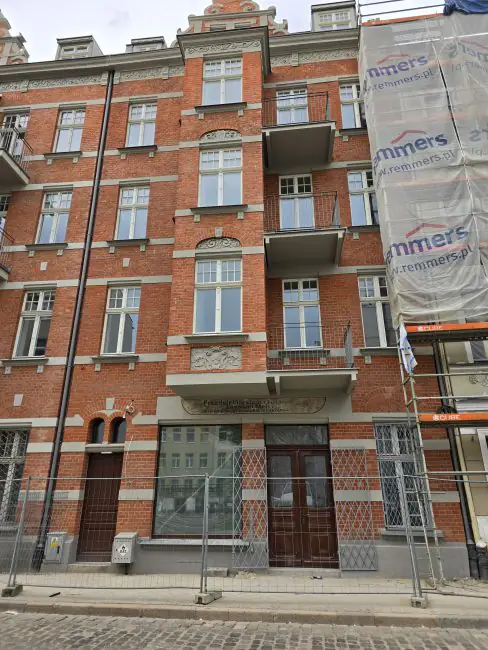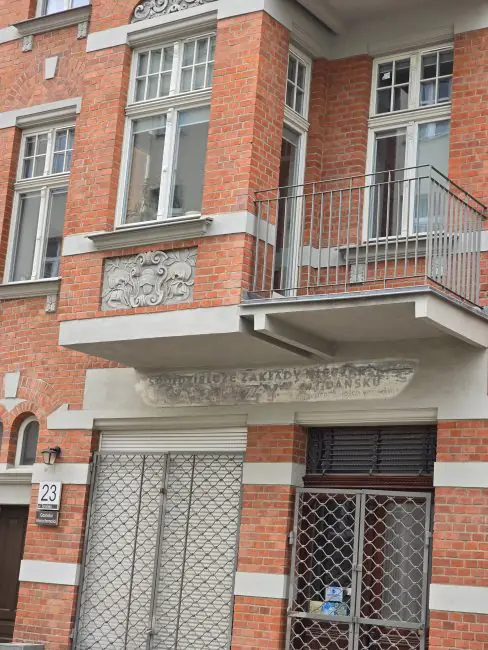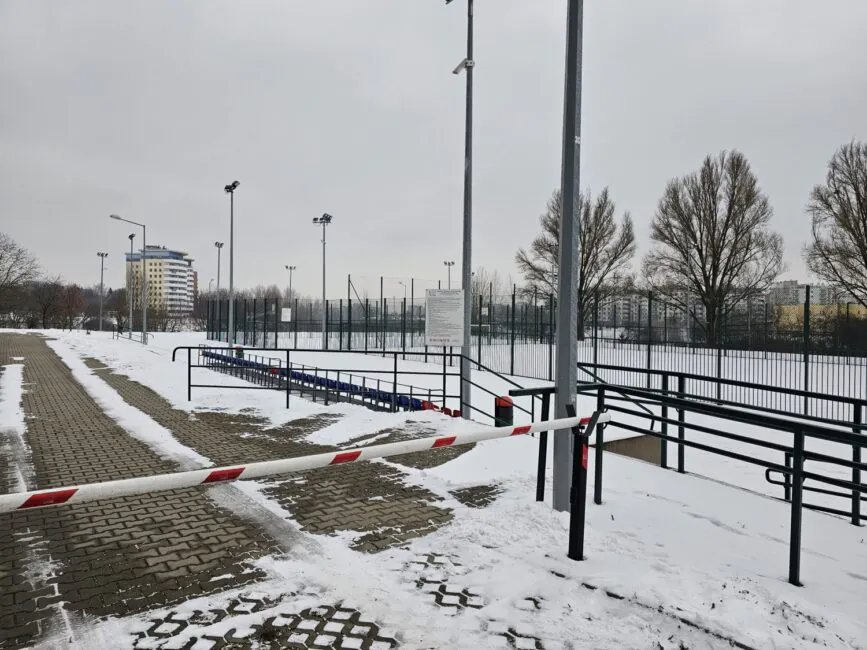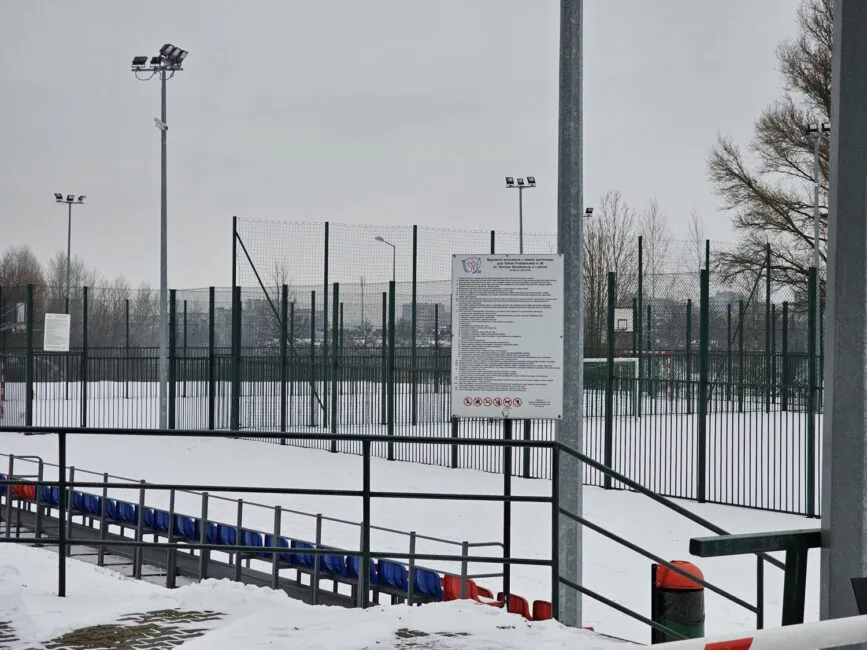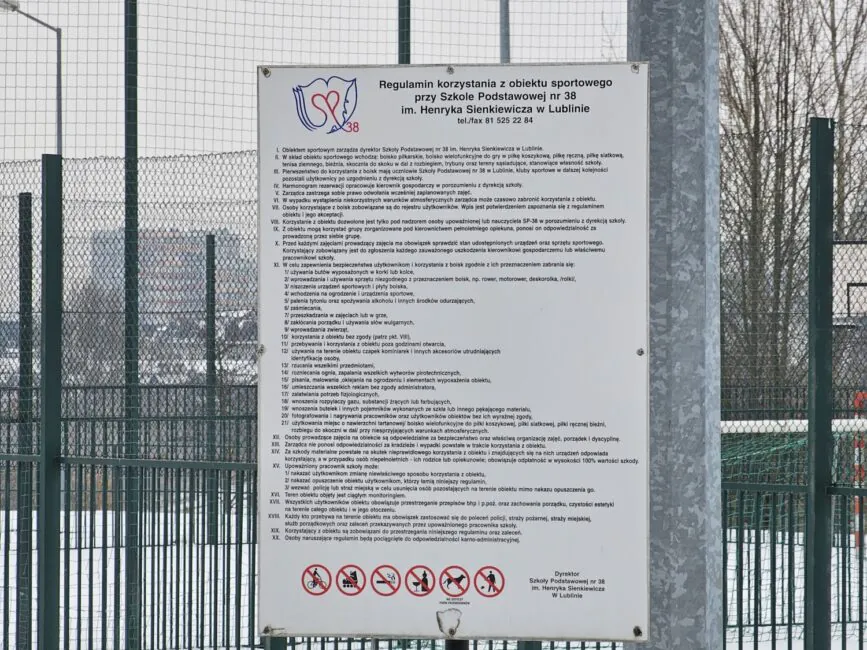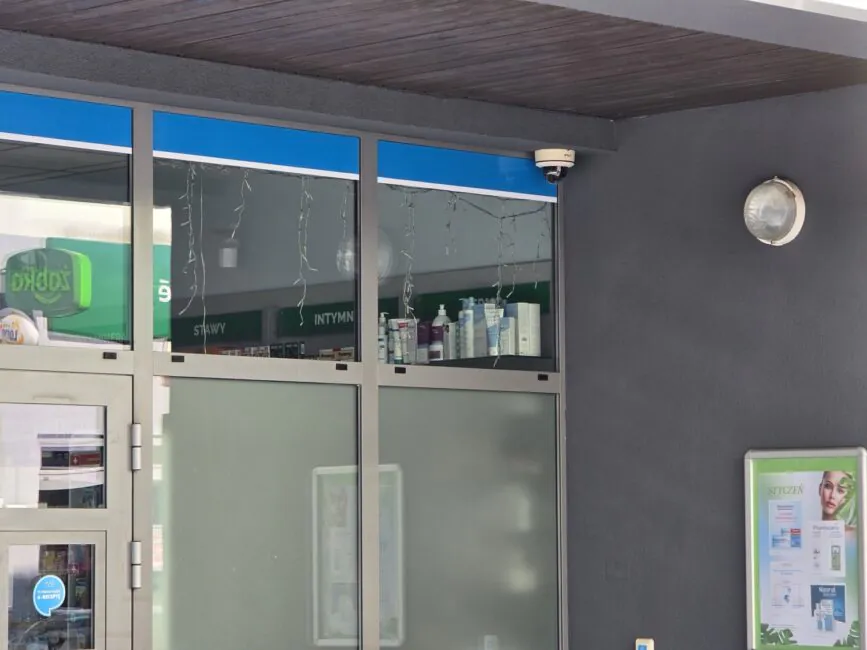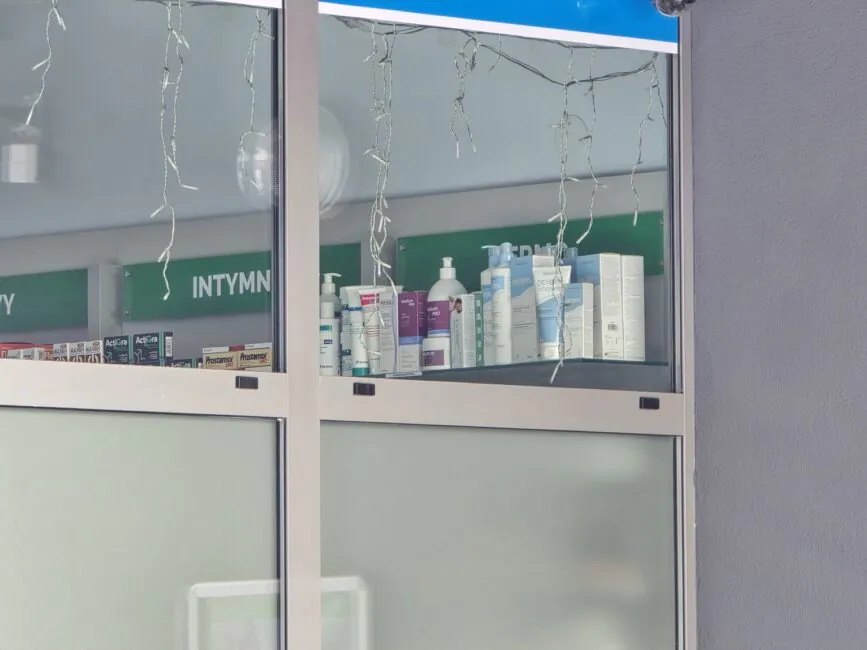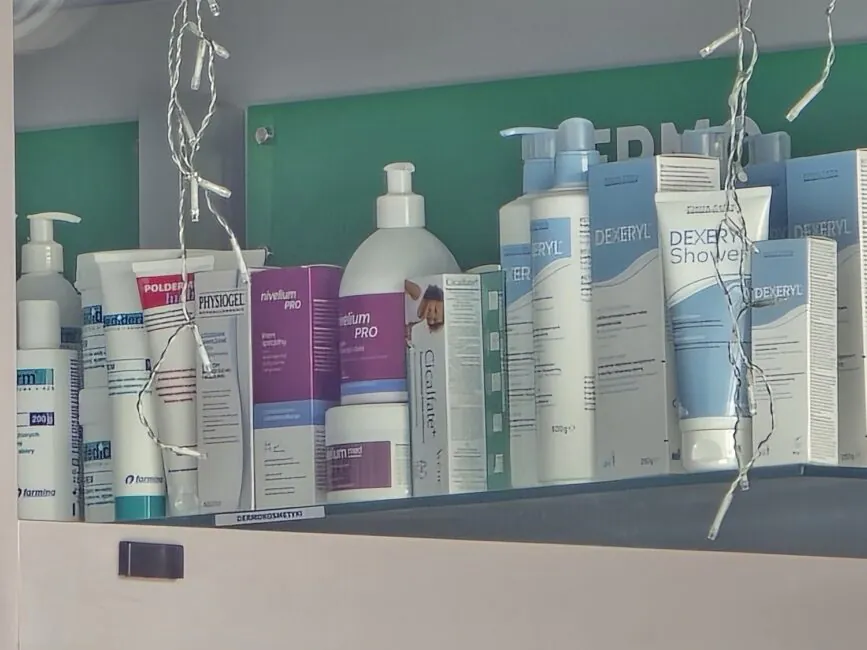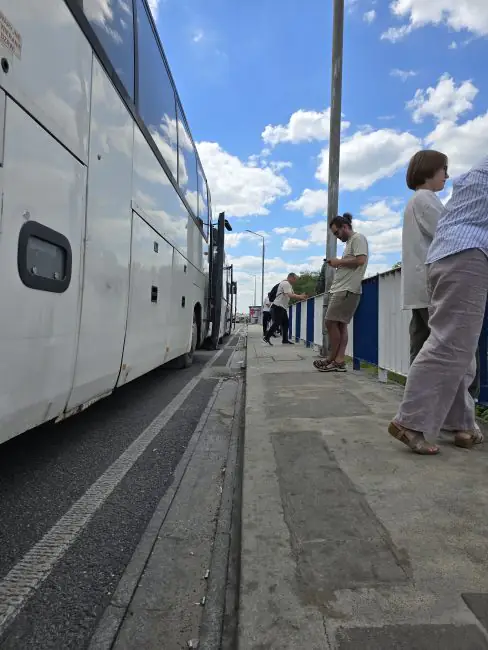© ROOT-NATION.com - Use of content is permitted with a backlink.
I have been working in the mobile technology field for almost 20 years and have witnessed the progress—from phones to smartphones, from basic models to the advanced devices we know today, featuring multi-core processors, multiple camera systems, large screens, and more. In recent years, many specifications have plateaued. Previously, we saw growth in megahertz, megapixels, and screen sizes, but now everything has reached its limits. With seemingly nothing left to innovate, manufacturers have turned their focus to AI development. Meanwhile, mobile cameras are constrained by their physical sizes and are trying to evolve within these limitations. One feature that is currently available only in a limited number of expensive flagship models is quality zoom. That’s what we’ll discuss, along with some examples!
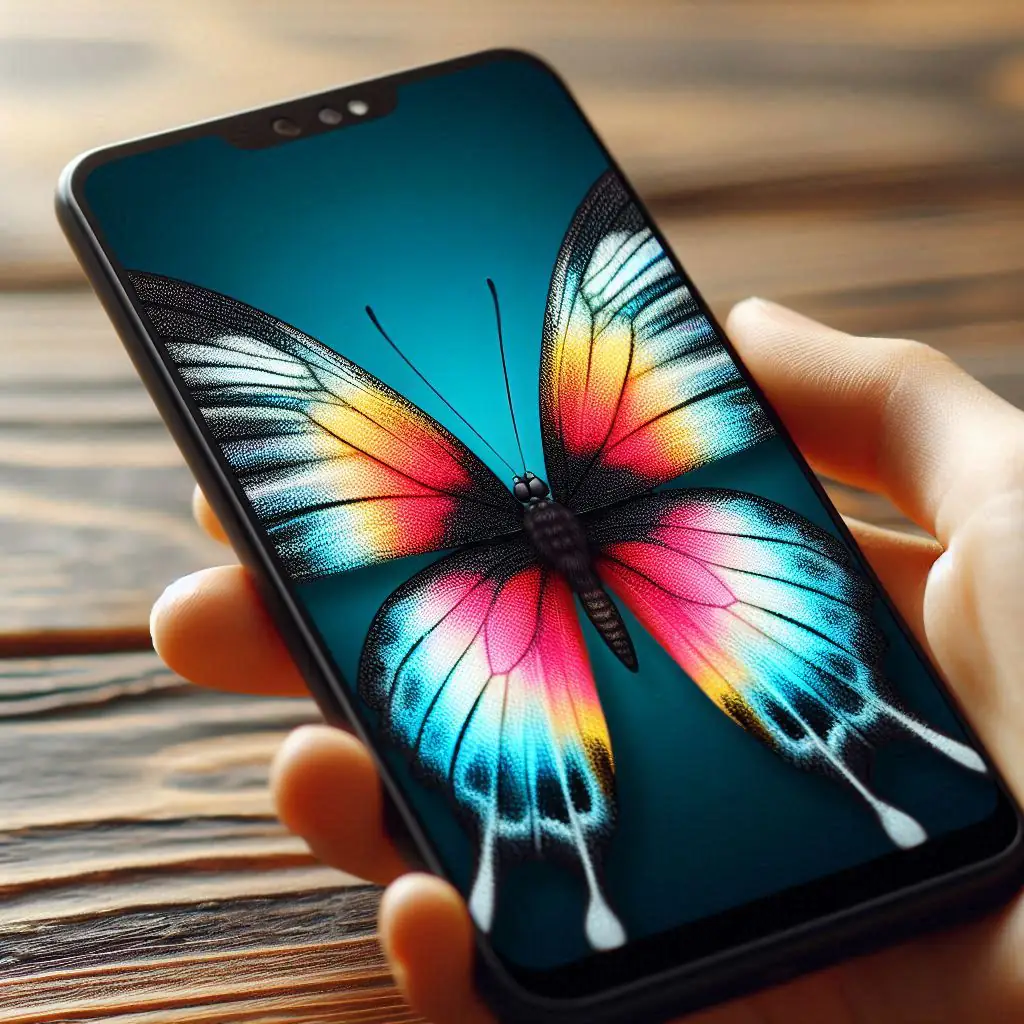
Good zoom: theory and history
Zoom in smartphones is implemented in various ways. The simplest method is digital zoom, which involves cropping a portion of the image. Essentially, you can do this yourself by trimming part of a photo in an editor. As you know, the quality suffers significantly as a result. Yes, in recent years, AI technologies have advanced, allowing for the enhancement of these cropped images, but the quality still remains low.
The second method, which has recently become popular in budget models, is known as “matrix zoom.” This involves using a “large” sensor in the phone, such as a 200 MP one, which can capture a lot of detail. From this high-resolution image, you can then crop a portion while maintaining relatively acceptable quality. It’s not perfect, but it’s certainly better than pure digital zoom.
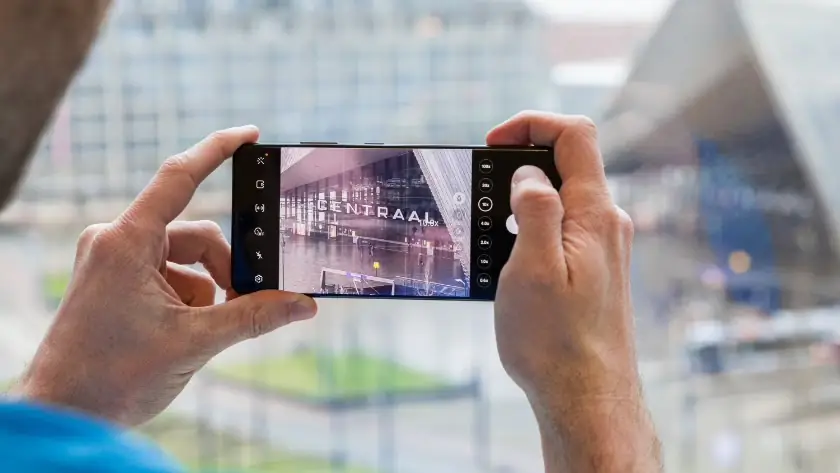
The third method involves the use of a telephoto lens. This is a special type of lens with a different focal length compared to the main lens, allowing it to “see closer.” The quality is excellent because there are no crops involved; the zoom effect is achieved by the difference between the focal lengths of the main lens and the telephoto lens. Telephoto lenses typically offer zoom ranging from 2x to 3.2x without any loss of quality, as achieving more is difficult due to the laws of physics.
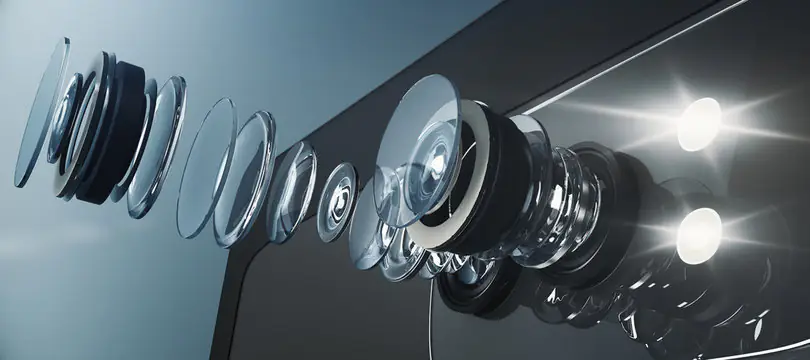 In fact, it is possible to trick the laws of physics if desired. This is how periscope telephoto lenses have emerged in smartphones. The operating principle is based on a periscope design: light enters the lens at an angle and is then reflected off a special mirror or prism system, redirecting it to the sensor. This allows the light beam to travel along the body of the phone rather than directly through the lens, enabling the use of a long lens without increasing the thickness of the device. However, even in this case, optical zoom currently reaches only 5x to 10x at most. Anything beyond that—such as the advertised 100x or 200x—is essentially digital zoom combined with AI processing.
In fact, it is possible to trick the laws of physics if desired. This is how periscope telephoto lenses have emerged in smartphones. The operating principle is based on a periscope design: light enters the lens at an angle and is then reflected off a special mirror or prism system, redirecting it to the sensor. This allows the light beam to travel along the body of the phone rather than directly through the lens, enabling the use of a long lens without increasing the thickness of the device. However, even in this case, optical zoom currently reaches only 5x to 10x at most. Anything beyond that—such as the advertised 100x or 200x—is essentially digital zoom combined with AI processing.
It’s worth mentioning here that periscope lenses in the smartphone world are not a recent phenomenon, but rather a “well-forgotten old thing.” The first was the Sharp 902 back in 2004 and a couple of its successors. The zoom was first 2x, then 3x, but without losing quality, and at the time it was “wow”.
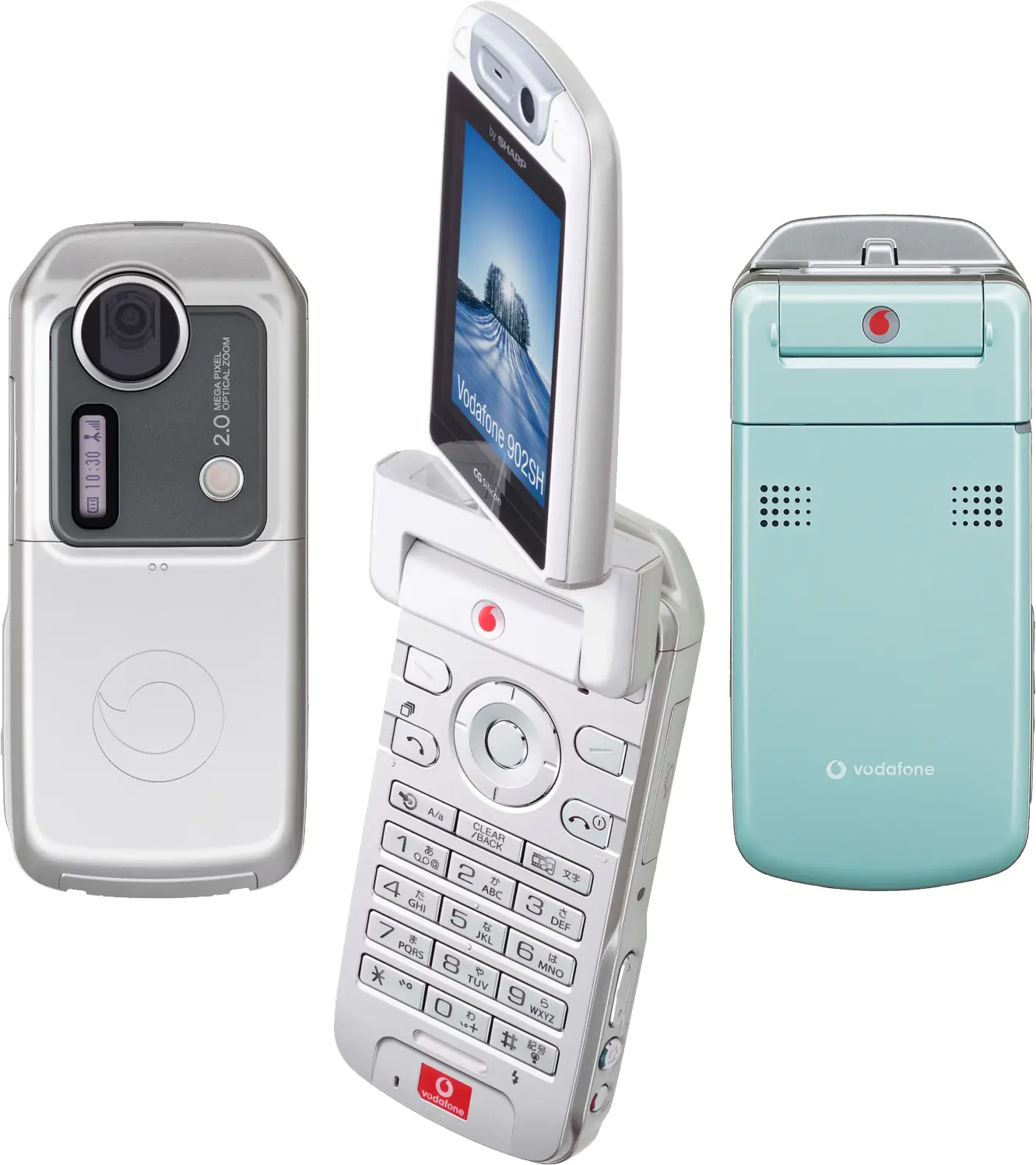 However, few have heard about the fantastic Japanese flip phones in Europe, but many are likely familiar with the Nokia N93 from 2006 (as well as its successor, the N93i). Its 3.15 MP camera with Zeiss optics offered a 3x optical zoom of excellent quality.
However, few have heard about the fantastic Japanese flip phones in Europe, but many are likely familiar with the Nokia N93 from 2006 (as well as its successor, the N93i). Its 3.15 MP camera with Zeiss optics offered a 3x optical zoom of excellent quality.
Its competitors included the Samsung G800 and G810 from 2007 and 2008. It’s worth noting that these phones had a single camera that adjusted to different conditions. In contrast, modern smartphones simply “jump” from one module to another based on user needs. However, contemporary phones are relatively compact and thin, while the mentioned models were quite large, especially the Nokia, which provided ample space for advanced optics.
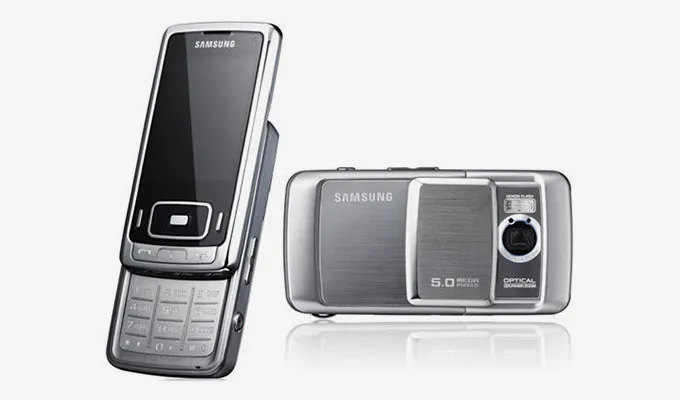
By the way, the aforementioned “zoom in the matrix” is also not a new concept. In 2012, the Nokia 808 PureView astonished everyone with its 41 MP camera (equivalent to 500 MP today) and provided decent zoom capabilities precisely due to the high megapixel count. By default, the photos produced by the smartphone were 5 MP.
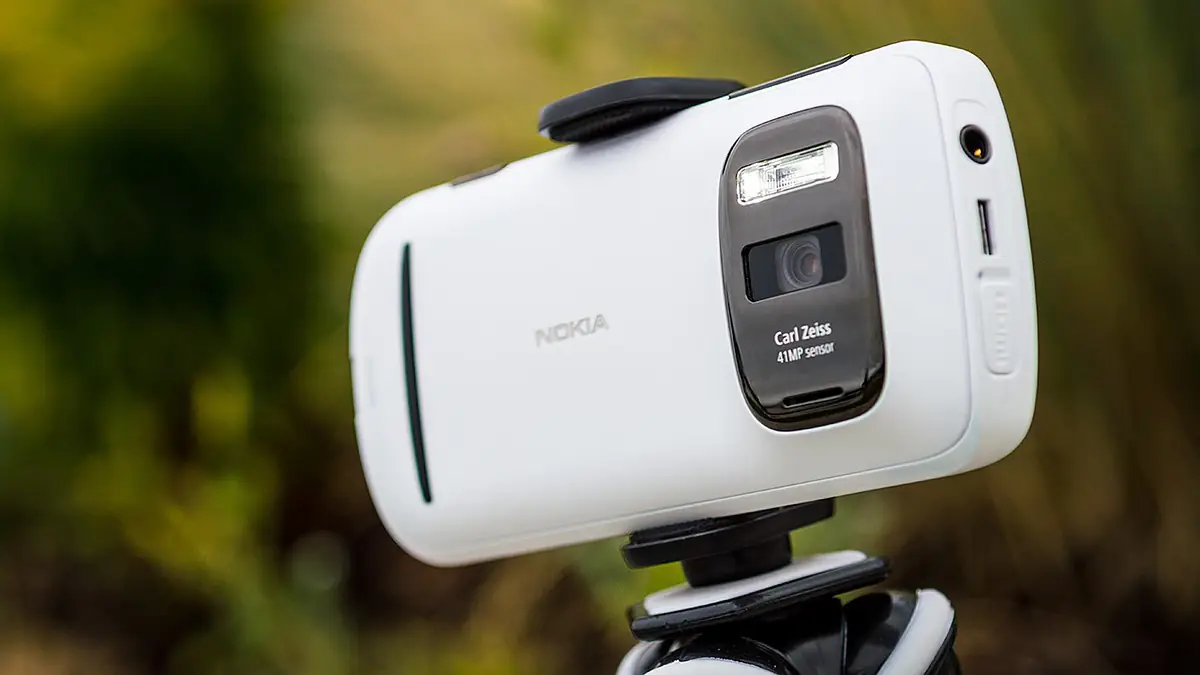 How else can you fit large optics and achieve good zoom? By taking inspiration from regular compact cameras! There were even smartphones like that. For example, the Samsung W880 from 2009 or the Galaxy S4 zoom from 2013 featured retractable lenses with optical stabilization, relatively large 1/2.3” sensors, and offered users a decent 10x zoom. We can also mention the marvel that is the Nikon Coolpix S800c (2013) — a camera running on Android.
How else can you fit large optics and achieve good zoom? By taking inspiration from regular compact cameras! There were even smartphones like that. For example, the Samsung W880 from 2009 or the Galaxy S4 zoom from 2013 featured retractable lenses with optical stabilization, relatively large 1/2.3” sensors, and offered users a decent 10x zoom. We can also mention the marvel that is the Nikon Coolpix S800c (2013) — a camera running on Android.
The first phone with a periscope camera from “our era” can be considered the Zenfone Zoom. It had a single camera, but it featured a periscope design with 3x optical zoom. At the same time, the smartphone itself was quite slim, measuring just 12 mm.
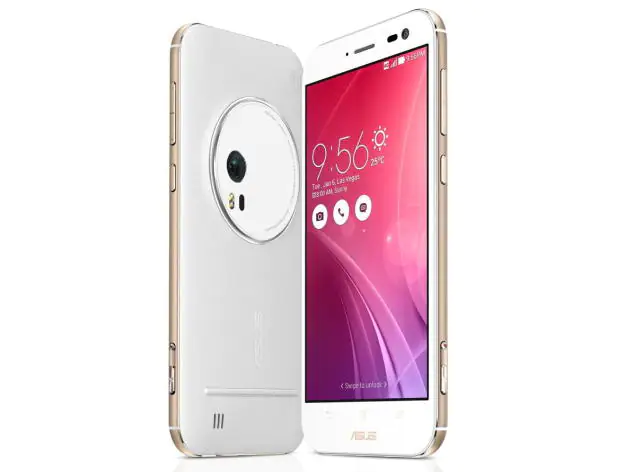
To conclude this section, I’d like to add that today, strong zoom capabilities are achieved not only through periscope technology but also through several other methods. For instance, the Xiaomi 13 Pro featured a “floating” periscope camera that could focus on both distant and close objects, starting from just 10 cm away. We see the same technology in the Xiaomi 14 and 14 Pro, but the zoom performance there is still relatively weaker compared to competitors.
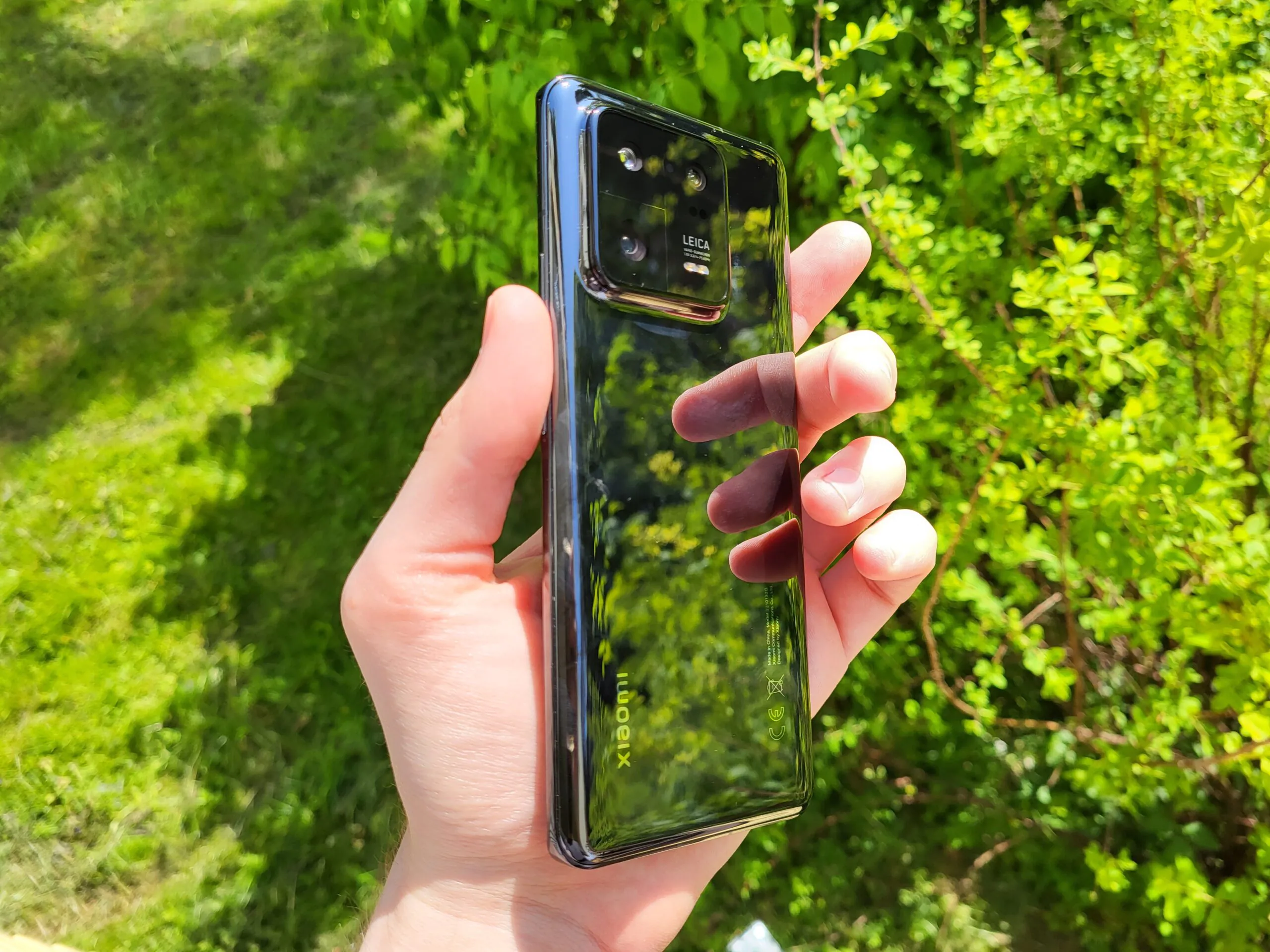
Apple has its own answer—a Tetraprism periscope camera, first used in the iPhone 15 Pro Max. This camera employs a series of four prisms to refract the light inside the camera, allowing for an increased focal length while maintaining a compact device size. However, while the 5x zoom on the iPhones has finally become decent, the quality suffers at higher magnifications.
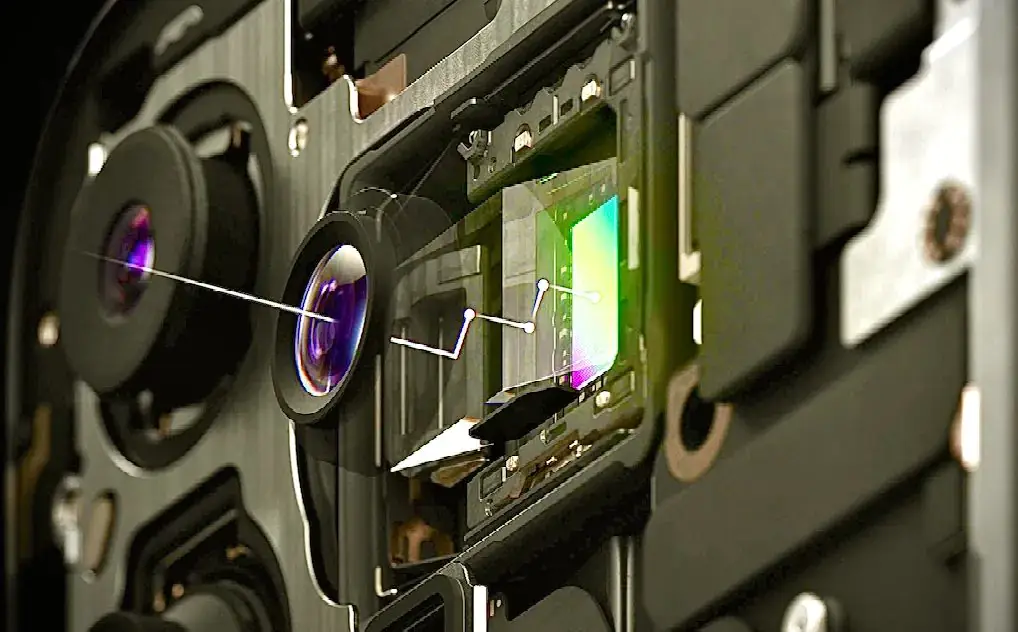
Smartphones with periscope zoom
It’s quite likely that in a couple of years, powerful zoom capabilities will make their way into budget smartphones. For now, however, truly high-quality results are only delivered by a handful of devices—the popular Samsung Galaxy S23 Ultra and S24 Ultra, the intriguing but pricey Xiaomi 14 Ultra, the somewhat exotic Vivo X100 Pro and OPPO Find X7 Ultra, the flagship OnePlus 12 from earlier this year, and the fresh Google Pixel 9 Pro and Pixel 9 Pro XL. Among relatively affordable options, there are the realme 12 Pro+ and the Motorola Edge 20 Pro from 2021, which can still be found for sale, though it’s becoming increasingly difficult. Looking further back, we have the Motorola Z series with the Hasselblad motomod, but that was really targeted at brand enthusiasts.
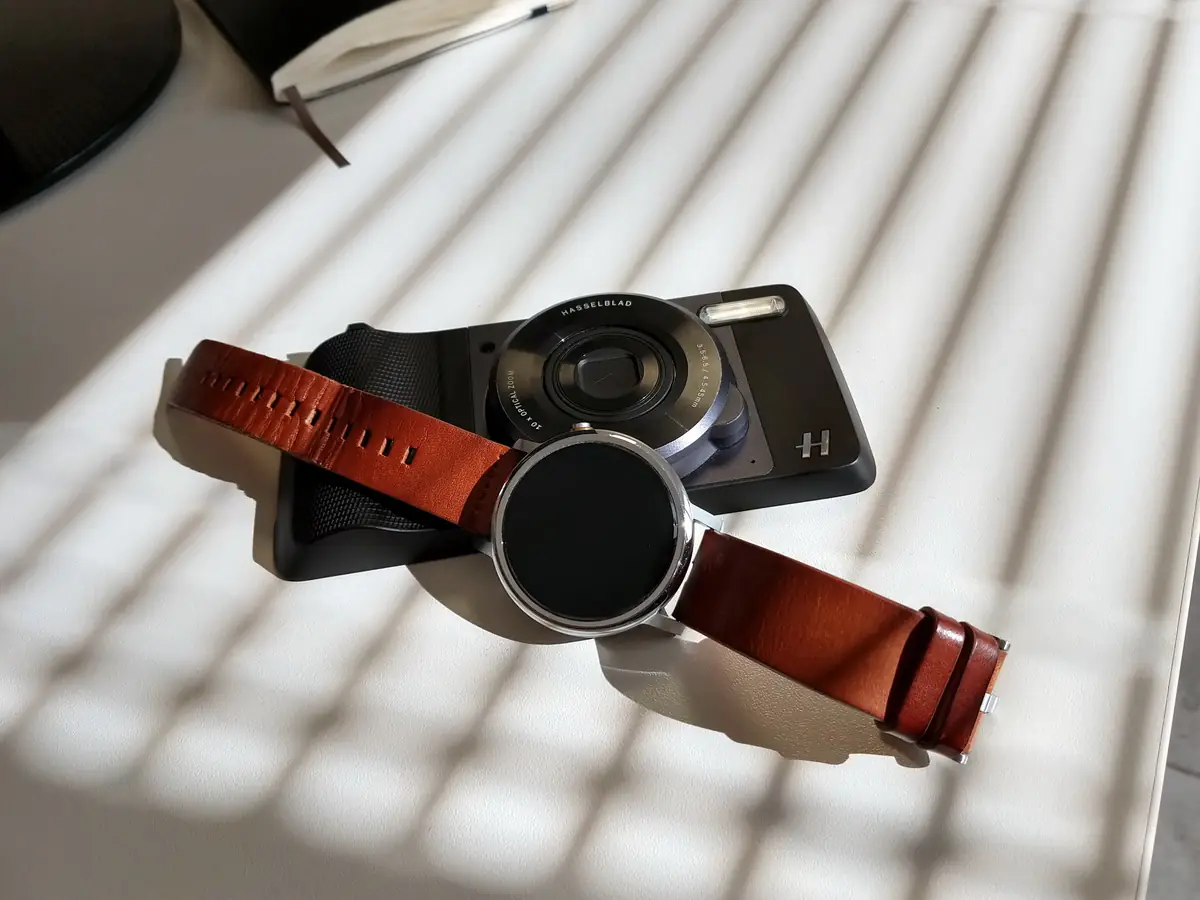
Although such a setup can work well if the operator has skilled hands:
I’ve had my hands on all these models (except for the new Pixels), so I can provide a brief summary. Don’t expect too much from budget options like the Realme and the older Moto; their systems are quite basic, and while the results are better than standard cameras, they’re still not “out of this world.” The Motorola Edge 50 Ultra, Xiaomi 14 Ultra, and OnePlus 12 are decent, but they lack truly effective stabilization. It’s present, but at 10x zoom and beyond, good stabilization becomes particularly crucial; otherwise, everything in the frame starts to “swim.”
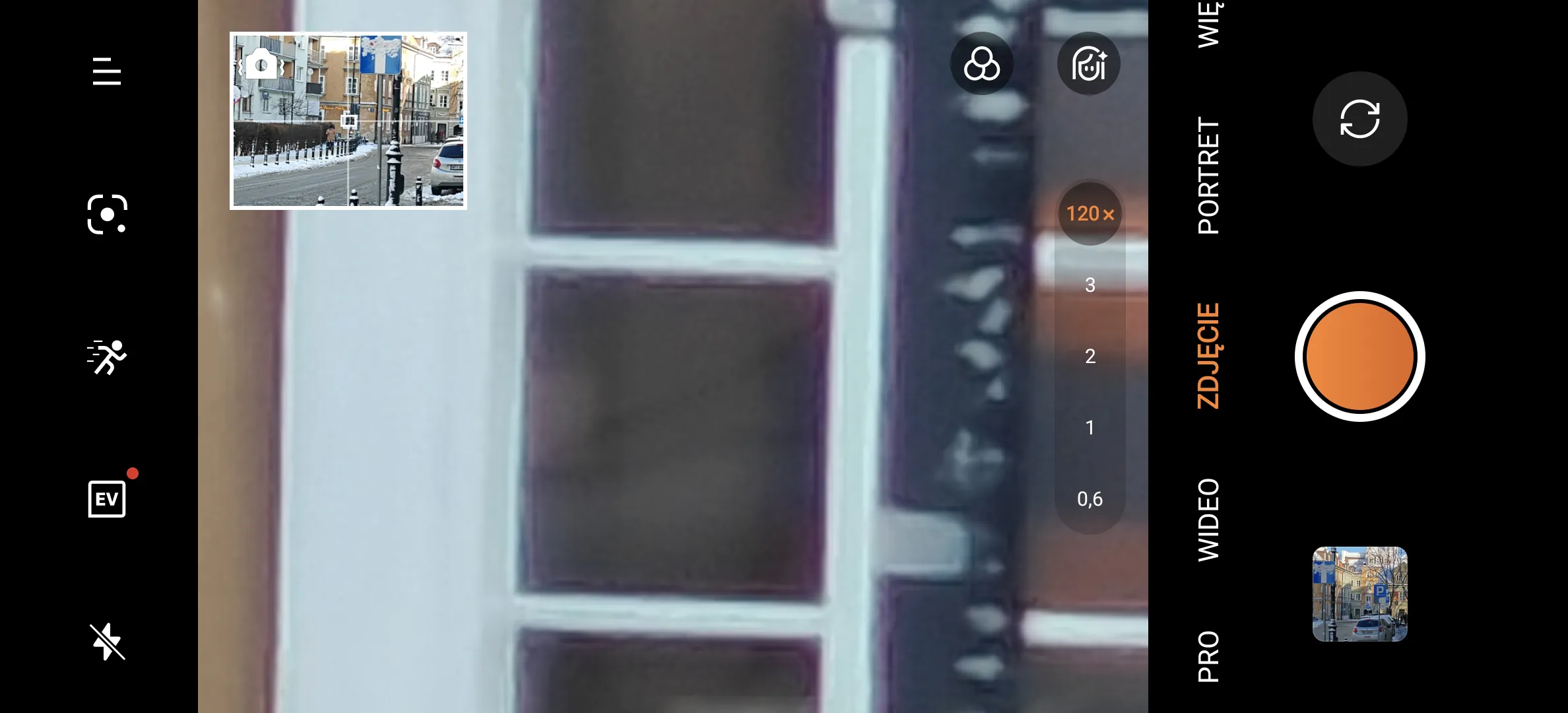
Read also:
So, among the widely available models in European stores, the best zoom options currently come from the Galaxy S23 Ultra and S24 Ultra. One might say that the S23 Ultra (which I tested here) seems to be “dated,” but the fact is it features a 10x periscope telephoto lens, while the newer S24 Ultra has a 5x module. It’s hard to say what Samsung’s reasoning was (I discussed this in detail in my review), but they claim that the new telephoto lens delivers better quality up to 5x. The fact that it doesn’t perform as well at 10x and beyond is mitigated by AI processing. The difference is still noticeable, but AI isn’t all-powerful. However, this difference is only apparent at 50x to 100x zoom and, for most users, isn’t critical.
Galaxy S23 Ultra:
Galaxy S24 Ultra:
Galaxy S23 Ultra:
Galaxy S24 Ultra:
More examples are in my review.
What makes this zoom so good?
Finally, I’ll move on to the reason I wrote this article. Personally, I’ve been using the Samsung Galaxy S23 Ultra for almost a year (I switched from an iPhone, which made me extremely happy), and then I upgraded to the new S24 Ultra. For me, having a good zoom has become a given, and I wouldn’t be able to switch to a phone without it. Let me explain why.
The most important thing is that the quality when using zoom up to 10x is no worse than that of the regular main camera. This means you don’t have to strain yourself to get closer or bend down to capture an object. Sometimes, this isn’t even possible, such as in a zoo or when you want to photograph something in an area you can’t access. Plus, you can easily take pictures of street cats, for example. If you try to get closer, they’ll run away, but shooting from a distance works just fine.
You can also take pictures of your pets with zoom if you don’t want to disturb their sleep. Or… if you simply don’t feel like getting up! For instance, when I’m lounging in bed in the morning and my cat is snuggled up on the windowsill looking adorable, I can “zoom in” and capture a really atmospheric photo.
Compare the images below: first, there’s a standard photo taken with the main module, then a 5x zoom shot using the periscope telephoto lens, followed by a crop from the first photo. The middle one is definitely better!
Photos taken with the periscope telephoto lens truly have a more atmospheric quality than those from the standard lens (even if you get closer). This applies not just to cats, but also to sunsets or flowers on trees (without having to pull the branch closer). A significant advantage of the Galaxy Ultra models is their excellent optical stabilization and smart post-processing, which allows you to capture even moving subjects without blur. I’ll show a few more examples, and to develop your own preferences, it’s best to just give it a try!
Here are the riddles from the “find the cat” series.
Here’s a sunset I captured with 5x zoom while sitting in a car moving at 130 km/h! So I’ll emphasize once again: good stabilization makes all the difference.
The key takeaway here is that high-quality zoom with a good phone is a reality. After many years of dealing with poor to average zoom quality, we’ve gotten used to avoiding it unless absolutely necessary. Now, however, using zoom is completely viable, and the quality will be excellent.
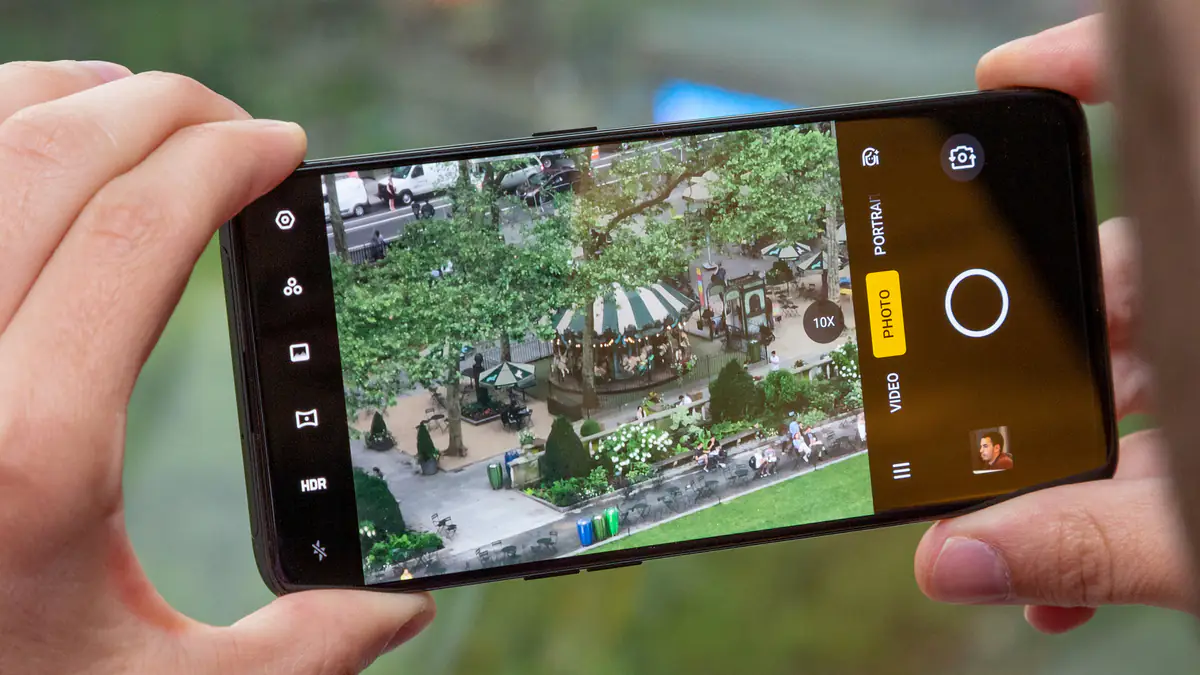 Even on top models like the S23 Ultra and S24 Ultra, maximum zoom levels of 30x, 50x, or even 100x can’t be considered perfect. Yes, faces will be visible and text readable, but the photo quality won’t be good enough to want to post on social media or use as wallpapers or profile pictures. However, even this zoom is quite helpful in practice.
Even on top models like the S23 Ultra and S24 Ultra, maximum zoom levels of 30x, 50x, or even 100x can’t be considered perfect. Yes, faces will be visible and text readable, but the photo quality won’t be good enough to want to post on social media or use as wallpapers or profile pictures. However, even this zoom is quite helpful in practice.
For example, on the weekend, I arrived and checked into a hotel. Right outside my window, there’s a convenience store with a sign showing its holiday hours (which vary for different stores). I can zoom in and immediately see whether I need to rush out for supplies or if I can take a break and go in an hour.
Another similar example is when I’m heading to the bus stop, which is more than 20 meters away. I can zoom in on the real-time information display and see how many minutes are left until my bus arrives. This way, I can decide whether I need to hurry or if I can walk at a relaxed pace.
There was a situation with a bus where the zoom feature really helped me out. I needed to travel from Berlin to Warsaw, but there was an issue with Deutsche Bahn again. Instead of a train, there was a bus to the Polish border. The website indicated where to wait for it, but the street near the station is quite large—where exactly should I go? I wanted to check with the info center at the station, but there was a long queue. I found a DB employee near the entrance and showed him the message from the website; he pointed toward the bus stop in the square. I stood there, but time was ticking, and I was filled with doubt. Across the road, I saw some buses, but they were pretty far away, and I would have to cross a busy road, which made me hesitant to waste time. So, I simply zoomed in on the sign near the bus’s windshield, and there it was—“DB replacement transport.” A weight lifted off my shoulders since I was really worried about missing the bus.
Here are a few more examples of simple curiosity. For instance, while I’m on the bus, sitting in a café, or walking down the street, I often want to read the small sign that I can’t get close to or would take too long to approach. With the zoom feature, everything is clear, and the quality is excellent! This even works at night, by the way. You can check out the review for tons of examples showcasing this!
Maximum zoom levels, like 100x, certainly don’t provide high image quality, but thanks to AI processing, we still get decent readability and can see things that aren’t visible to the naked eye. For example, while waiting in a long line at the border crossing, I zoomed in on the signs in the clearance area that we still had a long way to reach. This helped me orient myself and understand what lay ahead.
So, those are my overall impressions of using a smartphone with a good zoom. Are you satisfied with the zoom on your smartphone? How often do you use it? Would you use it more frequently if the quality were better? Share your thoughts in the comments, and thank you for your attention!
Read also:
- Realme 12 4G Review: Powerful Player in Its Class
- Motorola Edge 50 Fusion Review: Beautiful and Successful
- HONOR 200 Lite Smartphone Review: An Imperfect Mid-Ranger


